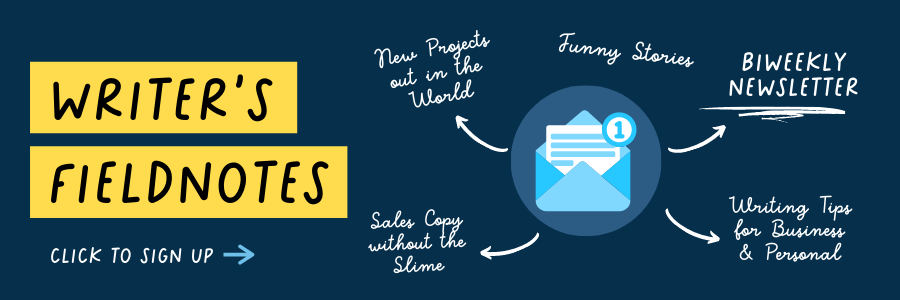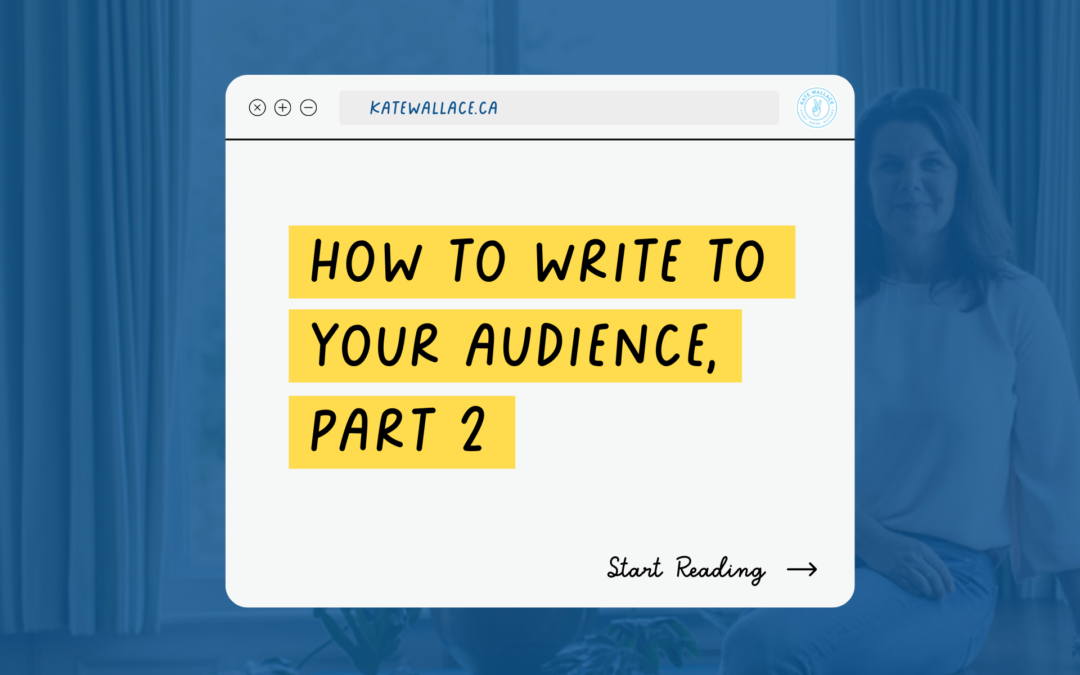A few months ago, I wrote a post called How To Write To Your Audience, Part 1, where I covered the importance of specificity in your brand writing. If you’re trying to be everything to all people, you’ll be nothing to no one. Harsh but true.
I suggested doing customer outreach to learn more about the people who use your product/service, as well as getting feedback from former customers. If you missed it, check it out first and then come back here for more!
Now, the question is, what do you do with these valuable customer insights once you’ve gathered them? How do you turn it into copy that sells?
Here’s how.
Speak Their Language.
In Part One, I discussed how useless I find the “customer avatar” and introduced a stronger approach, the JTBD (Jobs To Be Done) method. This is a much more practical way to get insightful, grounded information from your actual customers instead of someone you think could maybe?…possibly?…perhaps?…God willing!… use your product.
After gathering customer reviews and testimonials and conducting at least a few interviews with real people, my favourite place to start is by reading it all and pulling interesting and recurring words or phrases they use to describe my brand. Then I log it all into a database I can draw from whenever I need to do some writing. (I like Airtable but an Excel or Google spreadsheet works just fine, too).

Some key things to look out for:
- Descriptors (adjectives and adverbs) that make you raise your eyebrows and give you fresh new insight into how your products are being used and services interpreted.
- Words that are used repeatedly. Pay close attention if multiple customers use the same words. The more often customers use a word or phrase, the deeper its associations.
- How customers describe their subjective experience. How does your product or service make them feel? What emotions did it evoke? How does your physical product smell or feel to the touch. By using these hard-to-describe details in your copy, you let prospective customers better imagine themselves using your service or product.
- Specific stories describing how your product/service solved their problem. After all, that’s what all businesses do – solve problems.
It can be really easy as a one-person or small copywriting team to use the same old words and stories to talk about your brand. Having real customers tell you why they view and choose you (or not) can break you out of your writing rut.
And there’s also nothing better than being surprised to find out why someone sought you out and how they’ve integrated your brand into their lives. Who can’t use a little ego boost?
Audit Your Content
Now that we have our beautiful data log filled with fresh new adjectives, adverbs, and specific stories about how you’ve helped solve people’s problems, it’s time to fine-tune your copy.
There’s no need to scrap everything you’ve written. Instead, audit what already exists. Look at a piece of content (maybe it’s an About Us page, a product listing or a piece of ad copy) and see where you can pepper in a few of those lovely new descriptive words.
Already things are looking a little fresher!
Next, let’s look at how you’ve structured your writing. One of the easiest ways to do this is using the AIDA model.

In case you don’t know, AIDA stands for:
- Attention: Start with something relevant to your customer (pulled from your data log) that will make them stop and pay attention.
- Interest: Keep them interested with a fact, quote or testimonial from other customers (hmm, maybe check the data log for one?)
- Desire: Make them want your product by telling them exactly how it will solve a problem they face (how about a specific example from the data log?!)
- Action: End with a single call to action (click, subscribe, reply to the email, buy now, etc.).
AIDA is a great universal tool that works for any type of content. If you’re struggling to cut the fat on some ad copy or having trouble getting people to respond to your email outreach campaigns or take action on your social media posts, give AIDA a try.
It’s more important than ever that every piece of content you create is high quality, sincere and informative. People are being bombarded all day long by ads in their feeds and promo emails, and they’ve savvy about when they are being pitched.
It’s time to toss clickbait-y headlines and keyword-stuffed blog posts. Let’s go back to basics. Once you get yourself in front of the right people and give them information custom built to their specific wants and needs, you’ll see results.




